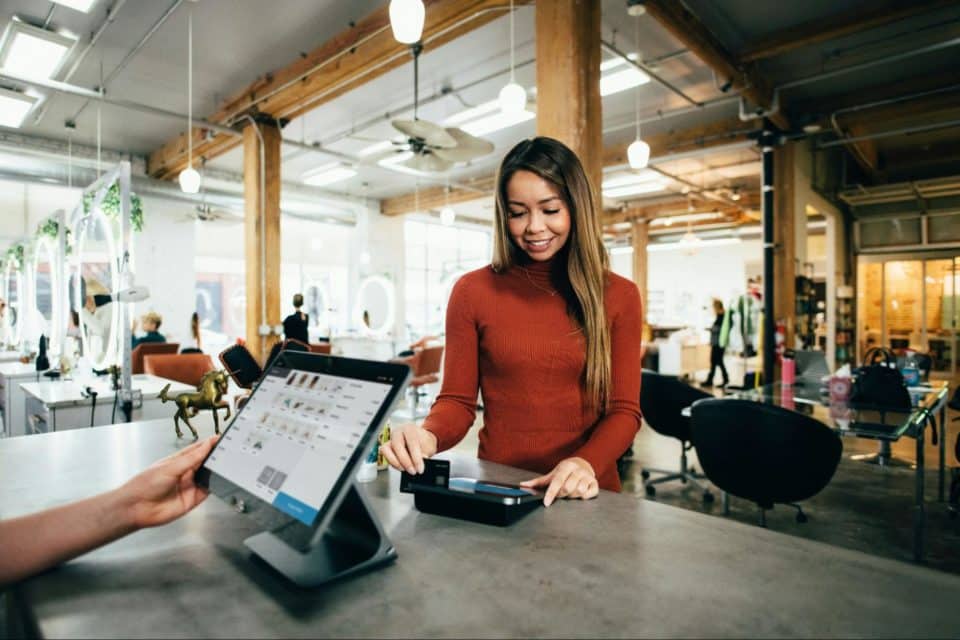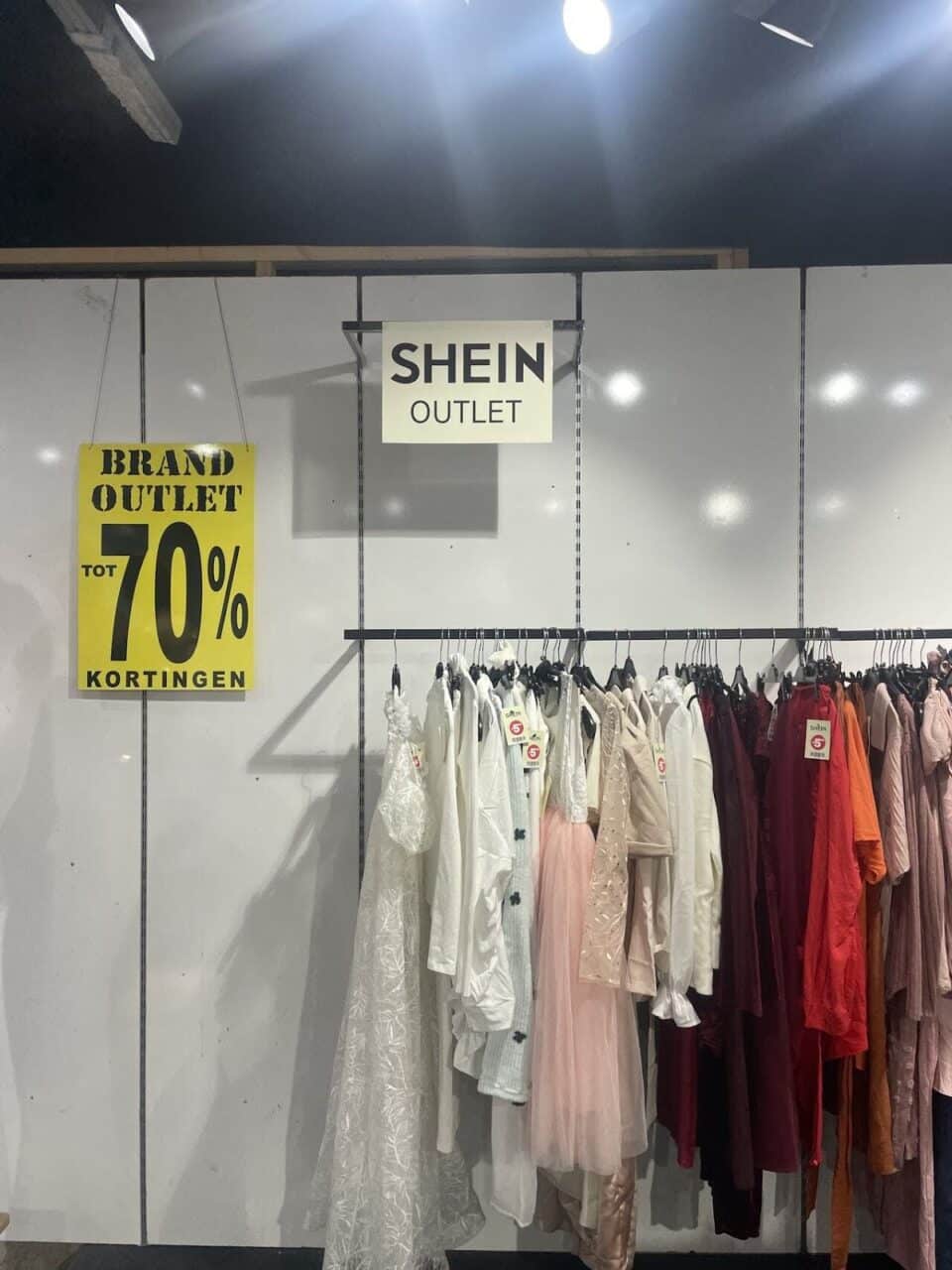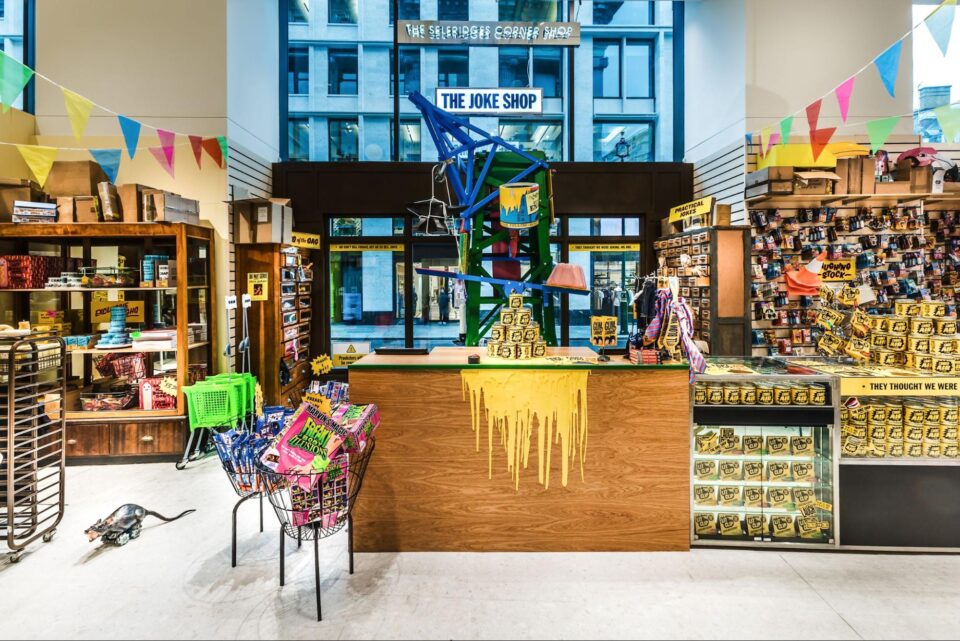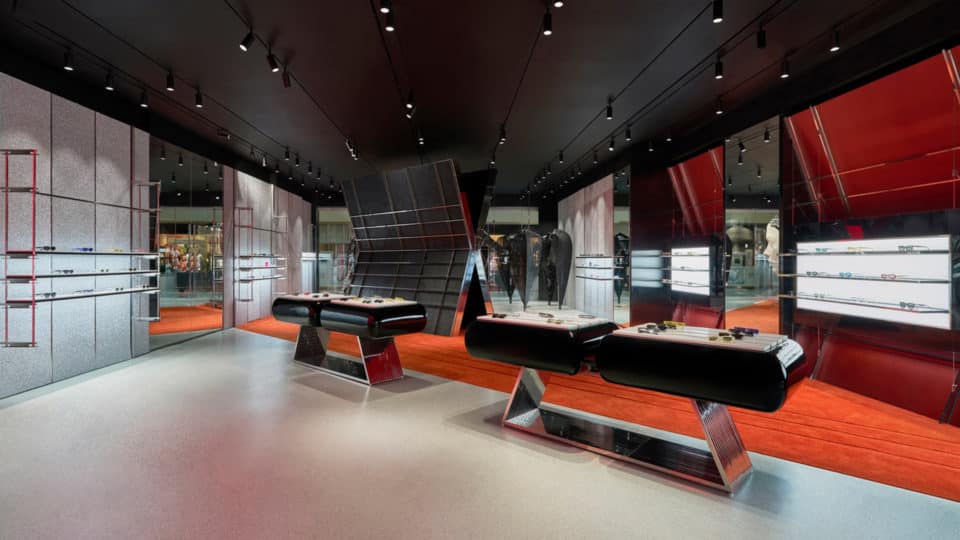What Will Happen in Retail Tech in 2025?

Accurately predicting what will be the next big trends in retail tech is hard. This is because tech exists in a strange realm of both fast and slow. New developments can appear on the market suddenly and grow quickly – in hype if nothing else – but then the stuff that sticks can take a long time to reach critical penetration.
You end up with prediction lists that repeat much the same thing year-on-year as different technologies are refined and mature and find new uses. And the truth is that 2025 will be no different.
A lot of the most impactful retail tech over the next 12 months won’t be straight off the production line. If nothing else, hopefully we’ve all learnt from throwing around too many buzzwords and predicting too much change too fast.
With that in mind, we’ve taken a slightly different approach to our list of top retail tech predictions for 2025. We’ve looked at the biggest current developments, leading use cases, and emerging ideas to ask the simple question – will this change in the coming months? And if so, how?
Will self-checkout expand?
Many self-checkout news headlines in 2024 were focused on retailers seemingly stepping back from the tech.
At the end of 2023, UK independent grocery chain Booths said it was removing self-checkouts from the majority of its stores. In the US, Dollar General reported that it was pulling back from the tech after ‘relying too’ much on it. Walmart and Target also adapted strategies to combat theft.
Yet, this isn’t the whole picture. Self-checkout technology is continuing to become more sophisticated, allowing retailers to explore new concepts.
Self-checkout kiosks are becoming faster and more accurate, enabling the addition of new features, such as the option to connect to loyalty programmes, send digital receipts, and offer personalised promotions for each customer.
We’re also seeing non-fixed self-checkout options growing, such as mobile scan and pay and smart shopping carts. 2024 was the year that Amazon expanded the use of its Dash Carts and started selling the tech to other retailers.
Self-checkout tech is also expanding into new areas. UK department store chain M&S has just announced plans to add self-checkouts into its stores’ changing rooms, so that customers can try on and buy clothes right from the fitting room.
While the biggest concerns about self-checkout are still related to theft, certain implementations of the tech – such as RFID-based self-checkout solutions – may be able to tackle this by tying into wider stock management and security systems.
US members-only warehouse club Sam’s Club is using a mix of AI and computer vision to automatically scan customer receipts and verify their purchases as they leave the store. This is an anti-theft process that is currently carried out manually by staff. The shift to automation not only speeds up the task, but it also helps reduce losses from the use of self-scan tech, making it more viable.
Will retail media advance in stores?
Retail media networks have been another hot topic in 2024.
While consumers are used to being bombarded with media online, from ads to sponsored social media posts to video content, physical stores are now ramping up the amount of advertising that shoppers are exposed to.
Free-standing display units and end-caps are nothing new but the volume of them is increasing. Digital media screens are more common than not in stores today. Shelf edge marketing is growing, including the use of digital displays for advertising. Temporary ads are being added to flooring.
Interactive displays like lift-and-learn tech or proximity-activated screens are newer retail media opportunities as brands look to capture the customer’s attention. Gamified loyalty challenges are another new retail media strand.
The growth of retail media in stores is an opportunity for many retailers, but 2025 will require them to use a gentle touch. We’re all aware of how fatigued – and often frustrated – consumers are with relentless online advertising, and there’s a risk that stores could make the same mistakes.
Retailers need to remember that consumers are in the store for a reason and they want to be able to navigate it and make purchases without becoming overloaded by ad spots.
In that sense, perhaps the biggest opportunities in retail media in 2025 will lie in the customer’s smartphone. Rather than just selling more ad space in the store environment, localisation and personalisation solutions mean retailers can tailor content in their apps for each customer.
This includes triggering relevant content when a customer enters or is near a store, and tying into a retailer’s loyalty scheme to show relevant in-app ads. Even registration for the in-store Wi-Fi has the potential to be a valuable retail media opportunity.
Will AI change store operations?
Artificial intelligence may have gotten the most column inches of any retail technology in 2024. It’s also set to be one of the big trends of the next 12 months as well, spanning both predictive and generative AI.
Part of this will be down to a shift away from thinking of AI as a strategy and towards it being a tool. This means retailers will be using it for genuine benefit and improvement, rather than for the sake of it.
For the physical store, AI has the potential to improve efficiency, reduce wastage and lower operational costs. This year we’ve already seen examples of retailers trialling using AI to recommend what to do with products to avoid waste.
This might mean suggesting the best time to cut the price of seasonal items so they sell or reduce food waste by recommending items with a short shelf life are discounted or donated.
As retailers continue to gather data from stores, predictive AI may also save money by helping forecast demand and ensuring that retailers don’t overorder any one product. It could help retailers with multiple locations shift inventory around to the place where it’s most likely to sell.
The big benefit of AI is that it could help store operators to look above the minutiae of day-to-day running and all the little unplanned things that must be dealt with each day. It could act as an additional brain analysing what’s happening at a higher level and finding solutions to issues or opportunities for optimisation.
Of course, none of this is possible without the right foundations in place. Retailers need to invest in a modern retail network that connects the different parts of their business, as well as first-party data that can be analysed to make accurate predictions and suggest beneficial actions.
AI simply can’t work without the right inputs. 2025 will be the year that retailers get serious about putting these pathways in place.
Will tech help staff retention and engagement?
It’s news to no-one that retail has been having a difficult time over the last few years with attracting and retaining staff.
There are a multitude of different factors behind this, but one thing that doesn’t help is the persistent message that people are going to be replaced by tech and AI. It’s understandably disheartening for an employee to hear that they have no value beyond their ability to complete certain tasks.
We are seeing a subtle shifting in this messaging though among certain retailers. Instead of tech outright replacing people, we’re seeing a trend towards it supporting staff to do more.
This includes retailers using in-house AI chatbot companions that can help staff to answer customer queries in the moment, feed into store operations, and train new colleagues more easily. Others are using AI to identify top performing staff and give them bonuses.
One of the pioneers of this shift is Swedish furniture giant IKEA. Like many retailers, it has started using an AI-powered chatbot – in this case, Billie – to deal with routine customer queries online. Unlike many others, the company has taken this opportunity to upskill thousands of call centre co-workers in new areas, such as remote interior design, customer relationship management, problem-solving for more complex customer enquiries, and digital sales.
IKEA is also training thousands of staff in AI literacy in order to embed a deep understanding of AI across the business in line with its values.
This approach is a great way to drive employee loyalty and increase retention. It suggests a long-term investment in a person and the value they bring to the business, as well as giving IKEA a lead over its competitors in terms of whole business AI understanding.
Access to the right information at the right time can also make a huge difference to employee engagement and performance. Customers are coming to stores better informed than ever before armed with a powerful mini computer in their pocket. If store staff don’t have the same level of information or higher than the customer, then not only can sales be lost but staff frustration increases.
As retailers continue to battle to secure and hold onto the staff they need, the ones who are centering those employees in their in-store tech strategies will fare better than those who see them as a stopgap.
As we look ahead, one thing is crystal clear: leading retailers will adopt cutting-edge solutions to empower their employees, boost productivity, and engage customers on their terms.
This future demands seamless, uninterrupted, and secure connectivity. Modern retail networks must be effortless to deploy and intuitive to operate, providing a constant, reliable experience that adapts to the dynamic needs of the retail environment.
Juniper Networks is trusted by leading retailers that understand the critical role of network connectivity to revenue, productivity, and security. Automated operations make retail networks more predictable, reliable, and impactful.
Juniper’s AI-Native retail solutions help retailers optimise every touchpoint to keep customers engaged throughout their shopping journey—increasing revenue, lowering costs, and reducing risk.



